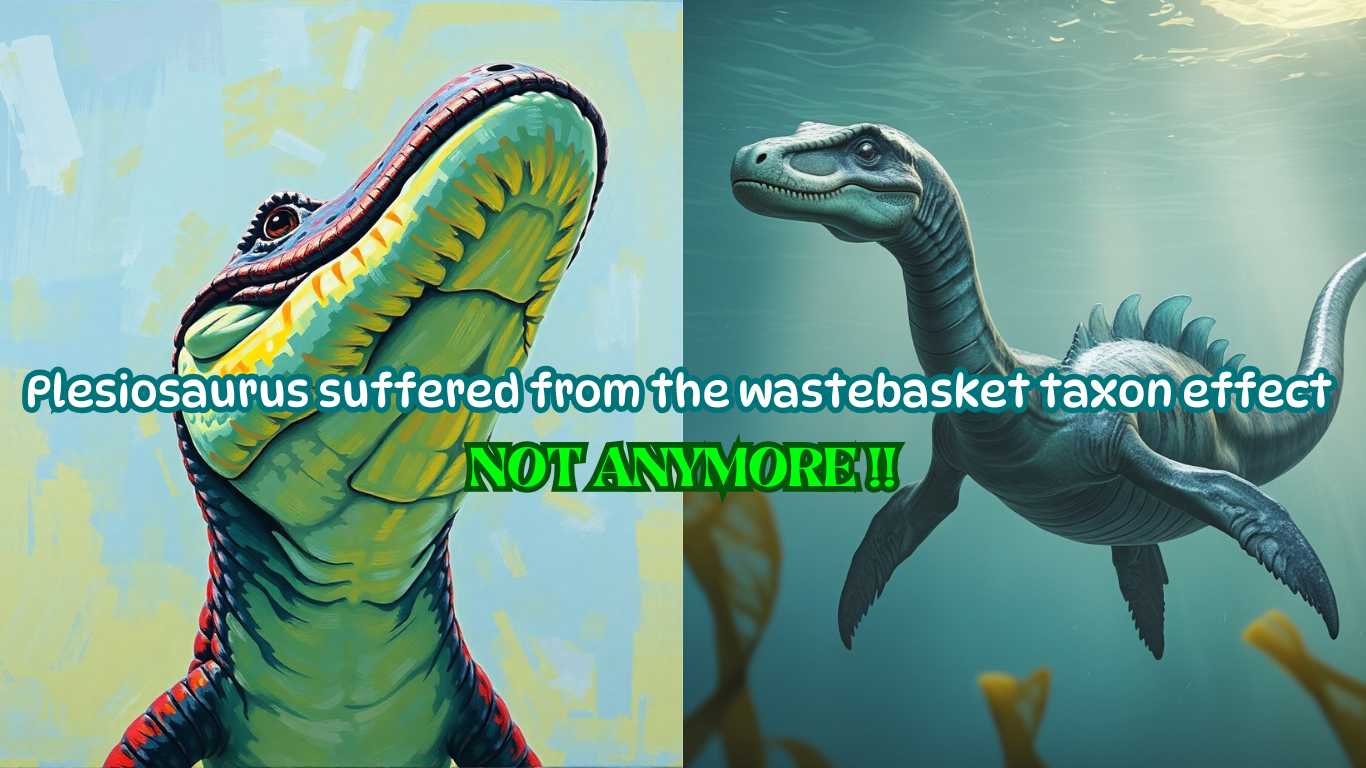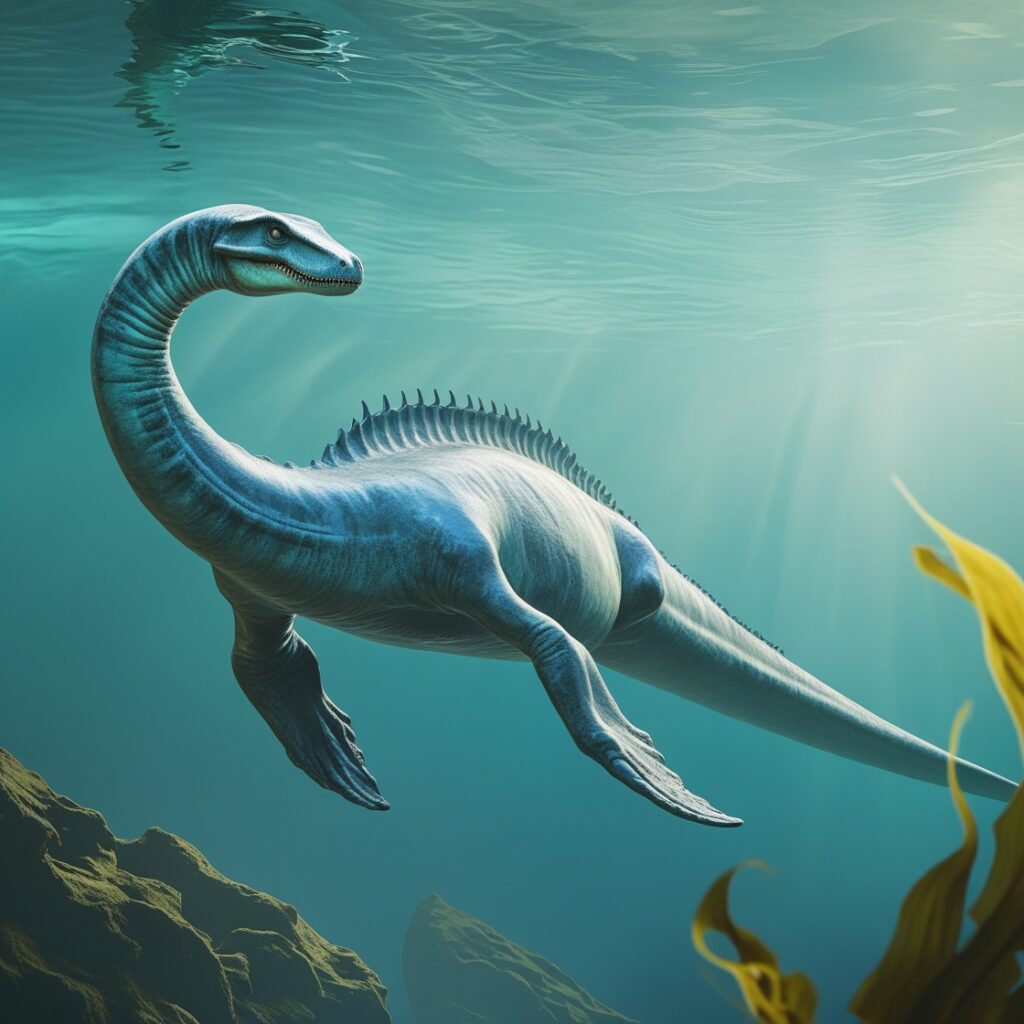
Plesiosaurs lived more than 140 million years ago. They had long necks and four flippers. Before this find, we did not know much about what their skin looked like.
The fossil, found in Germany, shows that the plesiosaur had smooth skin on its body and small scales on its flippers.
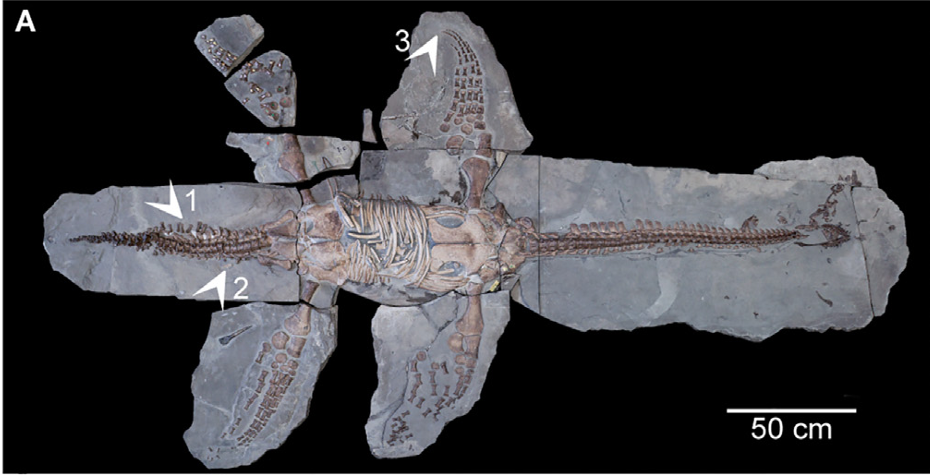
The skin near the tail was smooth and did not have any scales. Scientists even saw tiny parts in the skin called melanosomes.
Melanosomes are little bits that help give skin its color. They also noticed that the skin had layers.
The top layer is called the stratum corneum, the middle is the stratum spinosum, and the bottom is the stratum basale.
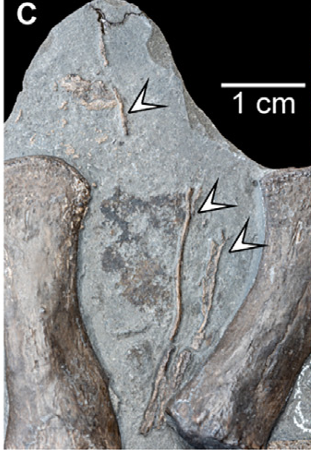
The flippers were different. They had many small, triangle-shaped scales.
These scales may have helped the plesiosaur swim better and hold on to the sea floor while it looked for food. The scales on the flippers are a bit like the scales on modern turtles and lizards.
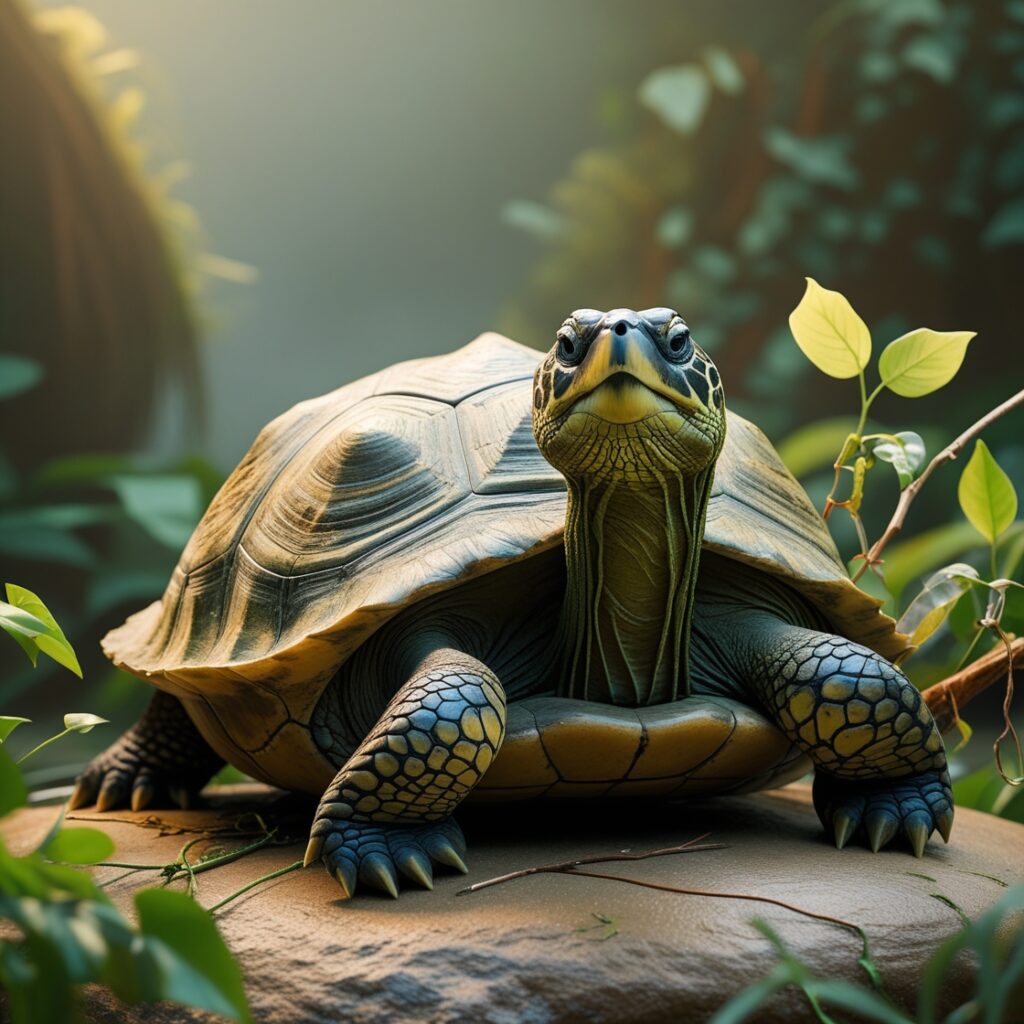
Scientists used special tools like microscopes and X-ray machines to study the fossil.
They found that the skin was made of layers, much like the skin of reptiles that live today. The scales had a thick, hard outer layer similar to those on living reptiles.
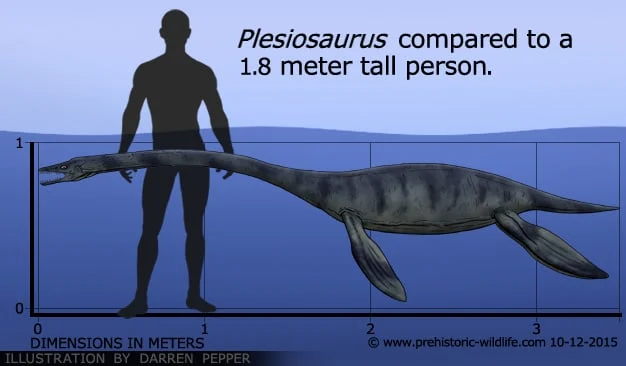
This discovery helps us understand plesiosaurs better. It shows that they had both smooth skin and scales. It also tells us that these ancient creatures kept their reptile-like skin even as they moved from land to sea.
Unlike some other sea reptiles that lost their scales to swim better, plesiosaurs kept theirs.
for more read this Current Biology Report
